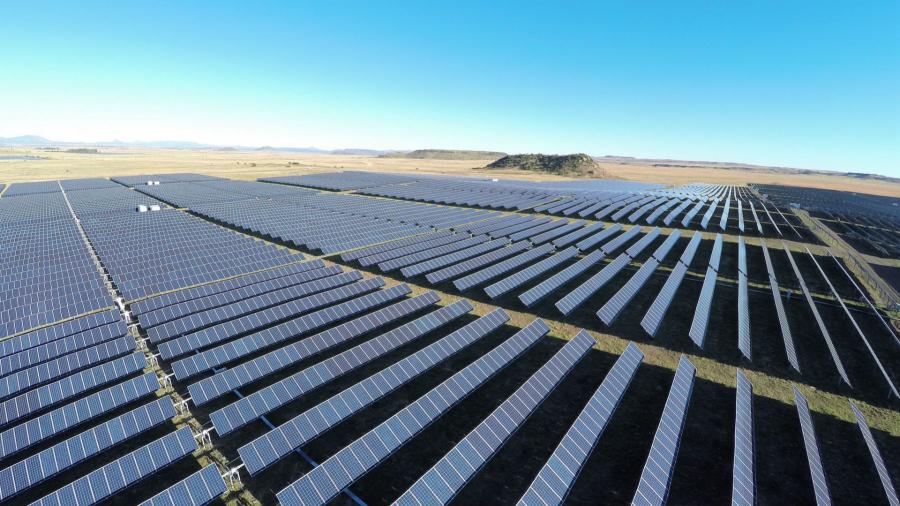A least-cost electricity mix based on renewables may be between 10% and 30% cheaper than business-as-usual with new coal and new nuclear. This is the main conclusion of a new study conducted by Jonas Hörsch, a researcher from Germany’s Frankfurt Institute for Advanced Studies at the Goethe-University Frankfurt.
In the study, Hörsch has compared the total system cost for different electricity mixes in the South African electricity system for various input assumptions for the future cost of wind, solar PV and batteries, and has compared these costs with those included in the projections of the 2016 Integrated Resource Plan (IRP) Draft, the expansion plan for the South African power system until 2050, which was released in November.
When it was unveiled, the IRP was criticized for the new annual build-limits for solar PV and wind imposed by the South African government. At the time, the local solar association claimed that the capping of solar and wind development was artificial and cost-ineffective, and did not reflect the real potential that solar technology can play. At the time, South Africa’s Council for Scientific and Industrial Research (CSIR) had also stressed how cost reductions of wind and solar technologies combined with the large wind and solar resources in the country made it uneconomical to build any further coal or nuclear power generators.
CSIR experts claimed that the power-system reliability of South Africa could be achieved on the back of wind, solar PV and flexible power generators at 10-20% costs lower than in the base case sketched by the Department of Energy in the IRP.
Popular content
According to Hörsch, the findings of the CSIR model, which did not take into account the influence of the additional wind and solar PV generators on the transmission network, can be confirmed even when grid investments are taken into account. “Even in the worst case,” Hörsch stressed, “assuming that the cost of renewables and batteries will not further reduce from today until 2050 at all, the wind and solar PV mix is still 10% cheaper than business-as-usual.”
If built, Hörsch went on to say, new coal and nuclear power plants will increase the total power system costs, and “would hence have to be cross-subsidized by the rest of the power system or by the taxpayers”.
South Africa’s PV capacity reached 1,474 MW at the end of December 2016, while wind power generation capacity topped 1,460 MW, according to a report released by the CSIR.
This content is protected by copyright and may not be reused. If you want to cooperate with us and would like to reuse some of our content, please contact: editors@pv-magazine.com.



When computing the coal plant costs, are the long-term costs of coal mining related health problems figured in?